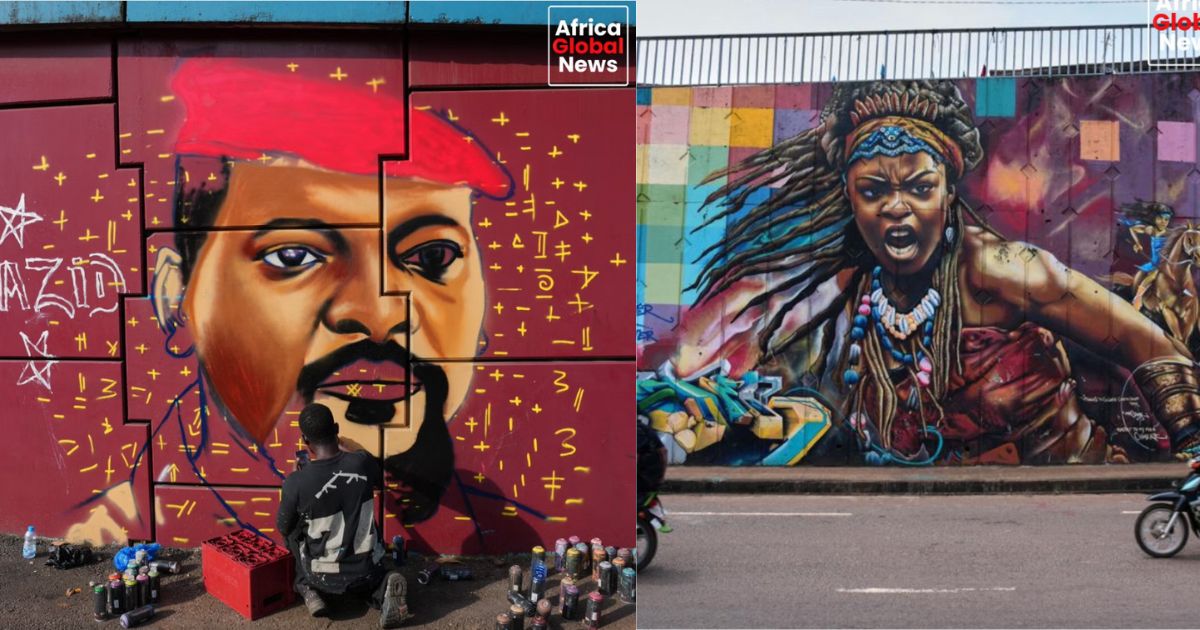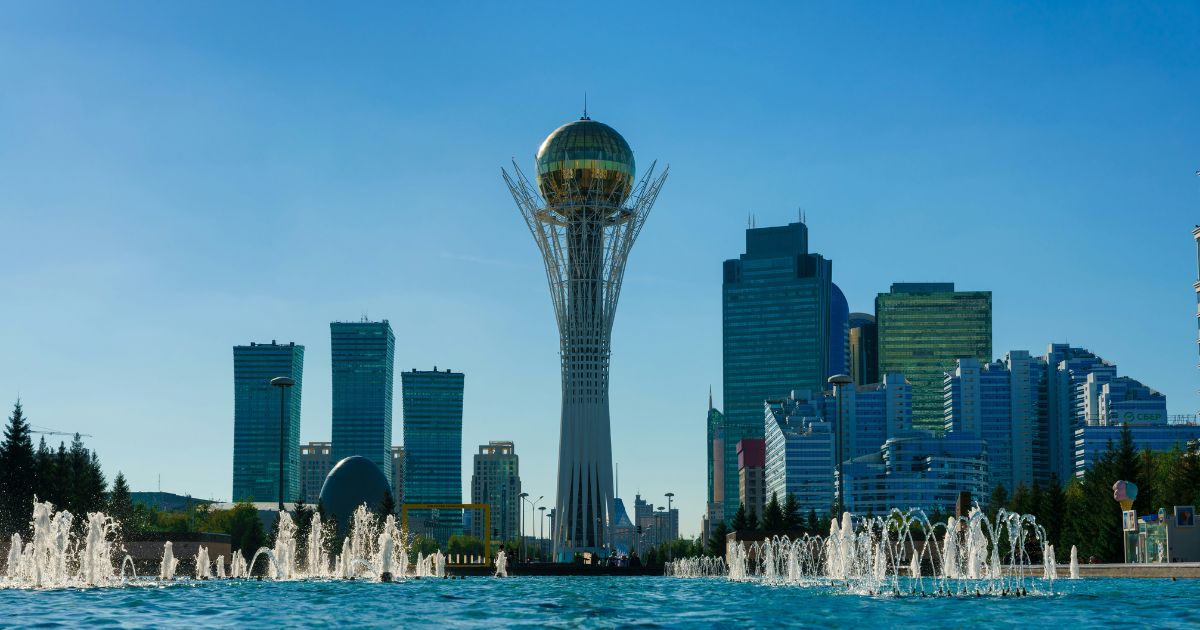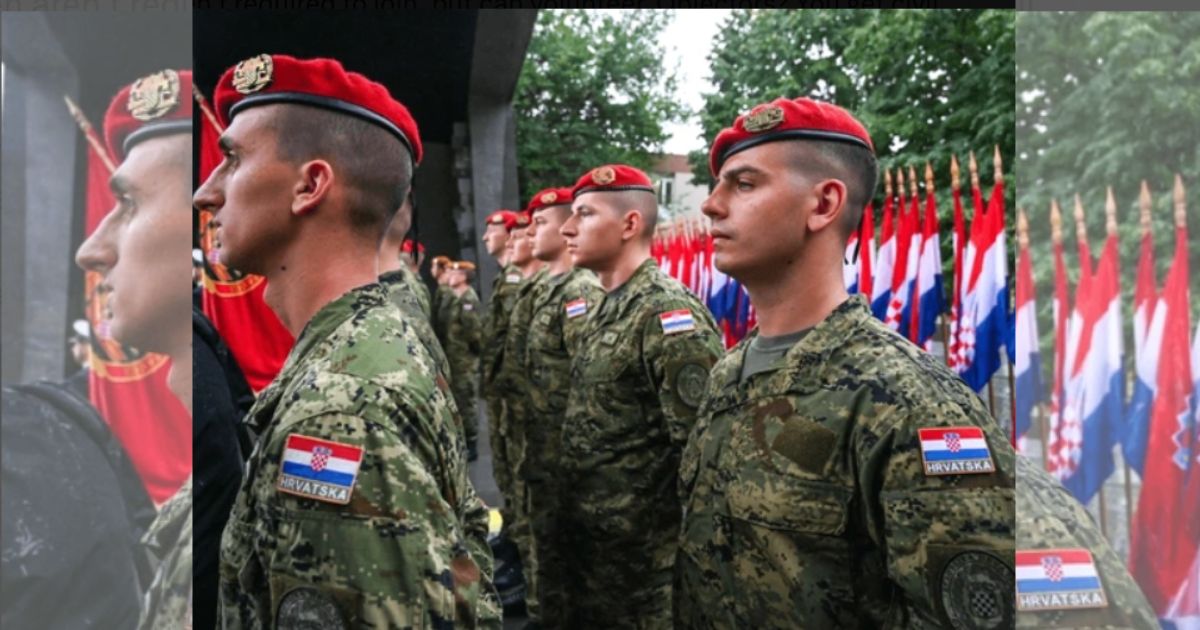It was daytime, and Omar Diaw, who is also his artist name “Chimere” in French chimera ), went to a blank wall next to the main street in the capital of Guinea and began spray-painting. “They are aware of who I am”, he said. It was not evident who they were, but civilians and police did not raise eyebrows as dozens of paint cans were dumped onto the roadside in Conakry by fellow artists of Diaw. Graffiti has been flourishing for years in the native Senegal of Diaw, where the modern urban street art first gained momentum in West Africa. However, when he relocated to Guinea in 2018 to travel, he reported that such art was hardly present. “Graffiti was believed to be vandalism”, he said. Diaw adopted a soft strategy to gain the people to his side by using graffiti to have a publicity campaign. Raising awareness on COVID-19 preventive measures was one of his earliest initiatives. We were forced to flatter the people, he said.
The city of Conakry is a fast urbanizing port. The graffiti of Diaw has gained an inarguable place in its concrete-ridden, overcrowded landscape. His giant-sized photos of renowned Guinean musicians and African leaders of the independence movement are now eclipsed by the trucks that are overloaded with stuff. Laundry is being dried over the portrait of a resistance fighter of the West African Samory Toure. Graffiti of the graffiti collective of Diaw called Guinea Ghetto Graff is written on the walls of the city.
The modern form of graffiti originated in the 60s and 70s in the United States. It also found its way to West Africa through Dakar, Senegal, in 1988, when the first graffiti artist in the region, Amadou Lamine Ngom, began painting on the walls of the city.
The following year, Ngom and a band of his fellow artists were commissioned by their artist name, “Docta,” to paint murals in support of a campaign conducted to clean up the streets of Dakar.
Ngom, 51, revealed that initially, other than such campaigns, he did graffiti during the night. Subsequently, he shifted his style. “I chose to do it in broad daylight”, he said. “Lest they imitate what is going on in the United States, Europe, or elsewhere. In order to produce graffiti that can be seen as an image that symbolizes the African reality, consider our reality, our values.”
Ngom, who later became a mentor of the teenage Diaw, remarked that communities came to appreciate the community art as it portrayed their life and experiences. The government had no option, with the support of the people, and Ngom said the government had no choice.
The graffiti in Senegal has become more aggressive nowadays, as it has been integrated into the political communication of anti-government protests. The graffiti of Diaw has dealt with such problems as migration in Guinea.
According to Diaw, the governor of Conakry is a proponent of most of what he does and has provided him with carte blanche to do it wherever he pleases. With his most recent installation along the thoroughfare, people started to pause and stare at the portrait of the leader of Guinea, General Mamadi Doumbouya, who seized power in a 2021 coup. One of the drivers, Ousmane Sylla, who was aged 22, reported that he had already seen the gigantic paintings of Diaw in the area near the airport of Conakry.
“It is a reminder of old Guinean musicians. It reminds us of what happened in the past”, he said. “Graffiti is not bad, it is good in Africa, it is good in this country, it is good for everybody. I like it, and it has made a new face of our city.”
“The second one could be to introduce more artists.”
“I also want to see more women join this, as they say it is a male thing (graffiti), so Mama Aissata Camara was one of the few women participating in the Guinea graffiti scene.”
Omar Diaw Chimere is a graffiti artist, illustrator, painter, designer, and teacher. Being a pan-African artist, Omar wants to commemorate the black culture through his art.
The artistic studies of Omar started when he was eight years old, when he started to sketch and draw because he thought that all that came to his mind and eyes could be rendered to canvas or a piece of paper. Regarding his artistic career, Omar says that his life has been spiritual gymnastics all his life to achieve the heights of art through drawing and painting.
Once he started taking himself more seriously as a painter after 2006, he was attracted to a mixed technique. He was also witness to the exceptional strength of the large-scale graffiti work, besides painting. Omar was soon introduced to a gang of graffiti artists known as the RBS crew and attained numerous renowned graffiti festivals within Senegal, such as Festi Graff, Art Mur, and Graff et Sante. The techniques used by Omar are commonly regarded as “wildstyle”, “block letter and bubble among graffiti artists and journalists.
Nowadays, Omar is living in Guinea, and he devotes most of his creative activity to the education of the young population in the principles of street art. He is one of the leading bands of graffiti artists in Guinea, Guinee Ghetto Graff. He applies his artistic ability to change the beauty of the neighborhoods in Conkray, among other areas in the country. He helped to organize the first graffiti art festival in Guinea, Lassiry Graffiti. With his utilization of realism and clarity, and concise messages, Omar understands the value of massive murals to the significant influence they have on the way people think. His works vary from the glorification of Panafrican heroes to the awareness of tropical diseases and COVID-19.




